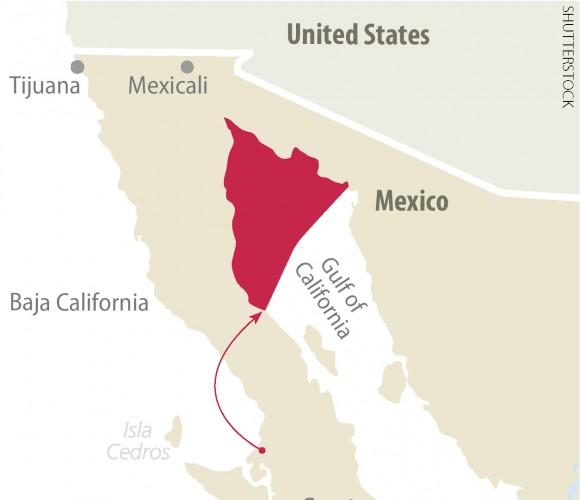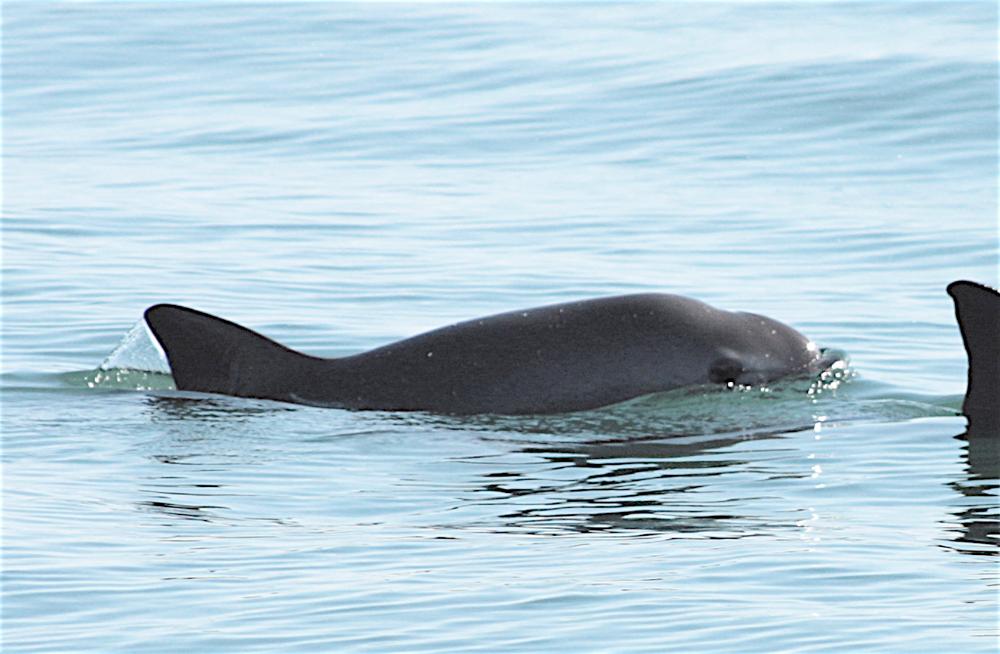For more than half a century, dolphins have been helping the U.S. Navy to find mines or enemies under water. Now, for the first time, they will aid in an attempt to save a fellow marine mammal—the world’s most endangered porpoise.
It won’t be easy, and it may have never happened if not for a conversation between two of the foremost marine mammal experts—Frances Gulland and Sam Ridgway. Gulland is the senior scientist at The Marine Mammal Center in Sausalito, California. Ridgway is president of the National Marine Mammal Foundation.
Gulland is also a member of the International Committee for the Recovery of the Vaquita.

Area showing where the remaining vaquita live, in the uppermost tip of Mexico's Gulf of California.





